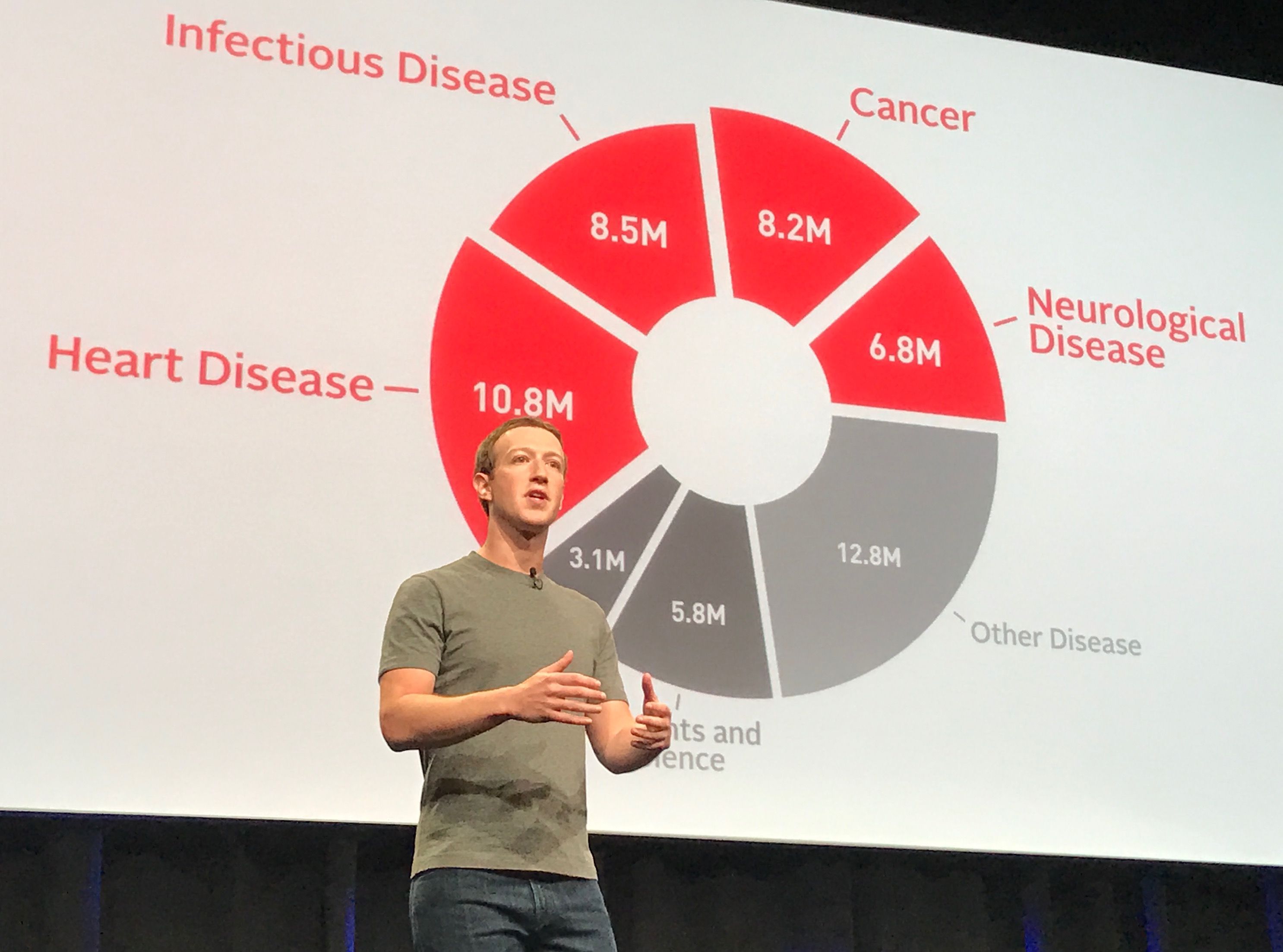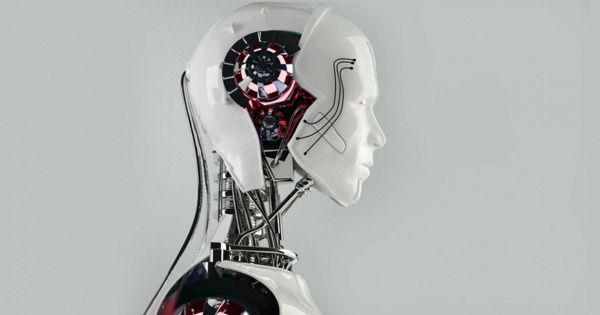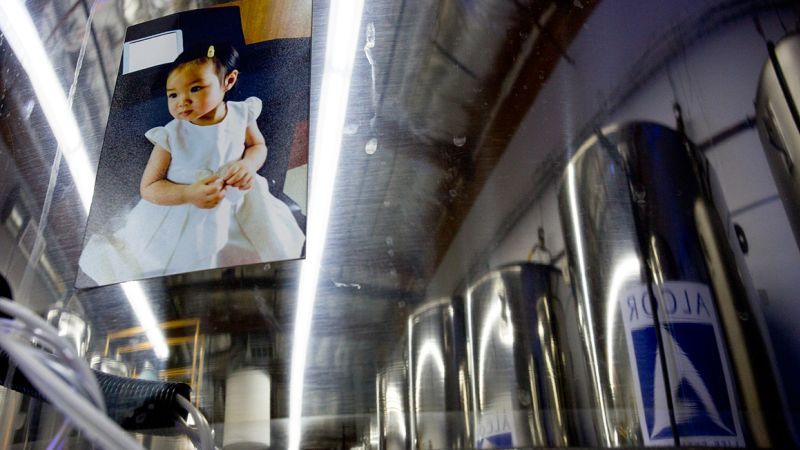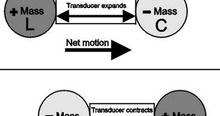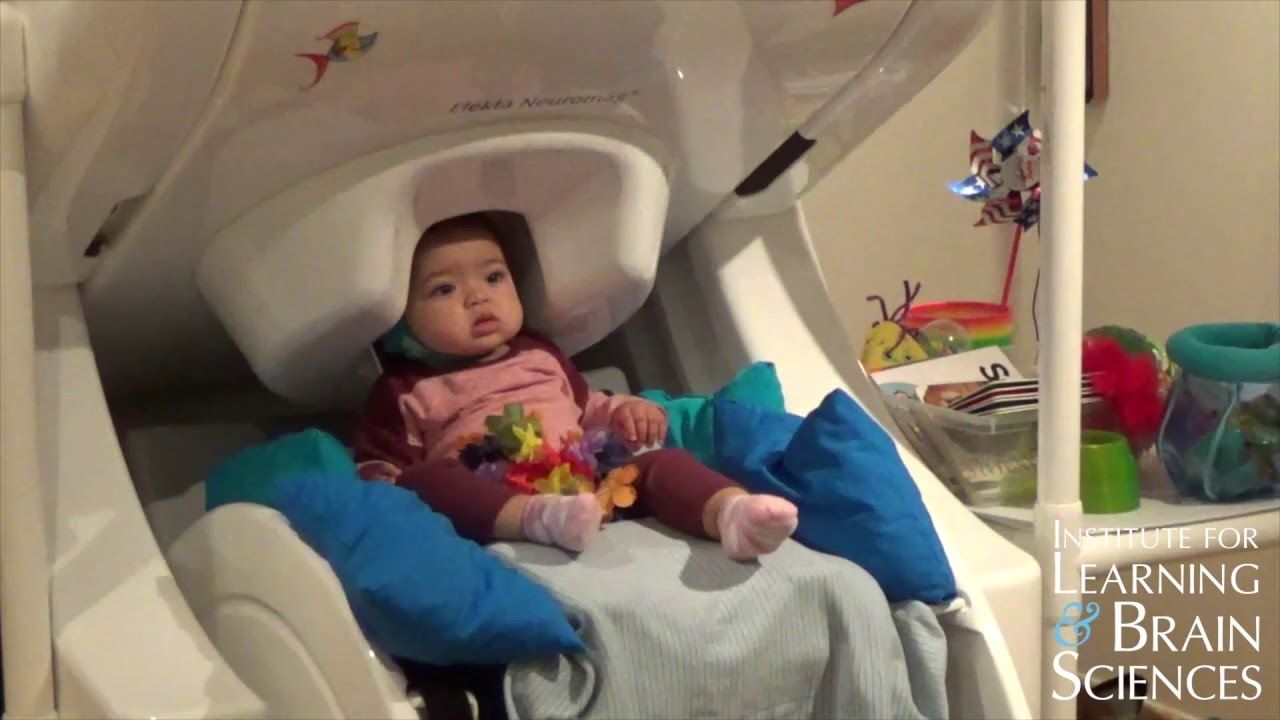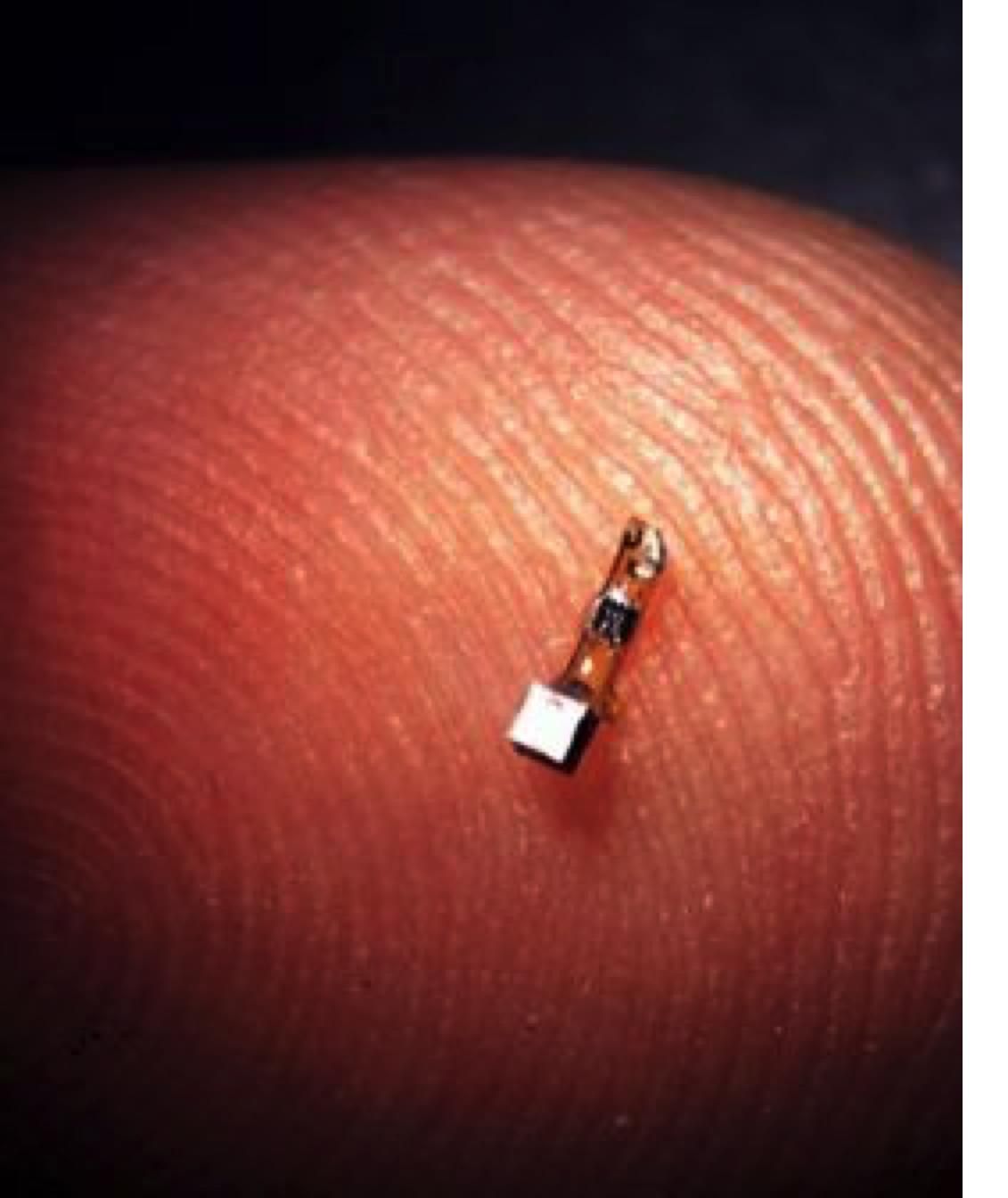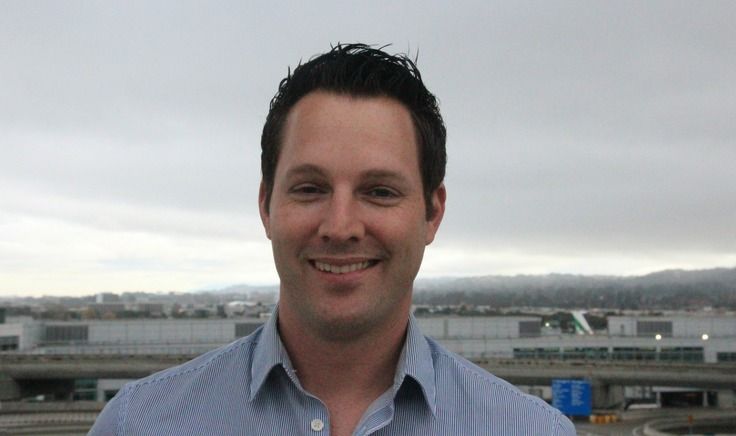Sep 22, 2016
Femtotechnology: A technology that is Beyond Nanotechnology
Posted by Klaus Baldauf in categories: evolution, nanotechnology, particle physics, robotics/AI
Nanotechnology has reshaped the technological discoveries in the recent times. Nanotechnology has enabled the creation and invention of numerous things with wide potentialities. Every field is subject to constant evolution, nanotechnology is no exception. Researchers and scientists who are engaged with nanotechnology have now come up with femtotechnology.
Femtotechnology is widely defined as, “Hypothetical term used in reference to structuring of matter on the scale of a femtometer, which is 10^−15m. This is a smaller scale in comparison to nanotechnology and picotechnology which refer to 10^−9m and 10^−12m respectively.”
Continue reading “Femtotechnology: A technology that is Beyond Nanotechnology” »


